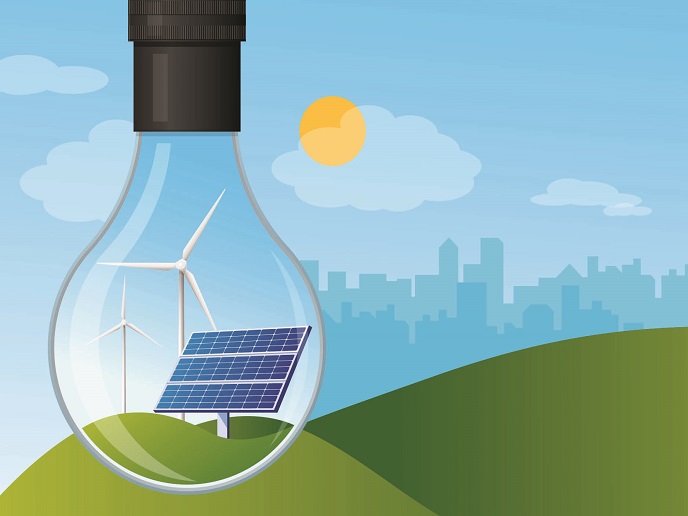Bringing down the barriers to the uptake of clean energy solutions in Europe
Consistent achievements of the last decade
Thanks to the adoption of specific EU legislation, the Renewable Energy Sources Directives and the adoption of more efficient, cost-effective technologies, the production of energy based on renewable sources is steadily increasing. The EU’s Renewable Energy Directive (2009/28/EC) set an overall binding target of 20 % final energy consumption from renewable sources by 2020. Each EU country has set its own individual goals – from 10 % in Malta to 49 % in Sweden. RES share in the EU energy mix reached 17.5 % in 2017, up from 11.3 % in 2008, before the RES Directive entered into force. 2020 renewable energy targets had have played a very important role into that and the EU is on track to achieve them, but now Europe has developed and is challenged to implement a new agenda to take it through another decade of renewable energy production. Based on the latest biennial report published in 2019, Eurostat data confirms the vast majority of EU countries are well on track to reach their 2020 binding targets for renewable energy EU Climate Action and Energy Commissioner Miguel Arias Cañete said in February 2019: “… eleven Member States [are] already above their national targets. In a climate-neutral Europe, power generation should be fully decarbonised by 2050, more than 80 % of the EU’s electricity will be produced by RESs.” However, he stressed that countries will have to continue their efforts to meet these targets.
Ambitious targets for 2030
In December 2018, the revised Renewable Energy Sources Directive 2018/2001/EU entered into force. The challenging targets established for 2030 (a binding renewable energy target of at least 32 % at EU level) require an uptake and acceleration of the market of renewable energy technologies. Besides further technological development, which is supported by the cost reduction and improvement of performance goals as outlined in the SET Plan, it is essential to tackle a number of non-technological issues still hindering large-scale uptake of RES technologies. These include enabling policies Europe-wide, capacity-building initiatives, raising awareness, improvements of regulatory and financial frameworks, and empowering consumers as well as prosumers. The EU, through its Horizon 2020 (H2020) programme, is devoted to finding and supporting new and innovative solutions that will help Europe to successfully address these goals – ranging from light and heat from the Sun to the Earth’s depths with geothermal and all nature’s energy sources captured in between.
Hurdles to renewable energy uptake can be removed
The projects presented in this brochure are a selection of initiatives funded by the EU within H2020, specifically aimed at addressing market barriers and accelerating the uptake of renewable energy technologies. They include financial instruments such as auctions that are becoming a mainstay in the drive to support policies for renewable energy: AURES and AURES II have identified and evaluated suitable auction design options and their effects on energy policy mechanisms and markets under a range of conditions. On a regional basis, CoolHeating supported the implementation of small modular heating and cooling grids in south-eastern Europe using improved business strategy and innovative financing schemes. The impact of energy users who both produce and consume electricity, prosumers, is addressed in PV-Prosumers4Grid. The BestRES project explored aggregation of various distributed renewable energy sources. Development of ‘bioenergy villages’ requires bioenergy concepts to be at the investment stage. BioVill developed these villages in Croatia, Serbia, Slovenia, North Macedonia and Romania to a point where they could cooperate with established markets in Austria and Germany. Lastly, WinWind project partners elaborated a number of good practice measures from their own countries to improve social acceptance of wind energy in the target regions. Biomass is also a valuable source of renewable energy. SECURECHAIN ensured optimal management of Europe’s woody biomass supply chain. High energy yield from marginal land was the goal of the SEEMLA project, and bioenergy from tree pruning is the focus of the uP_running initiative.

